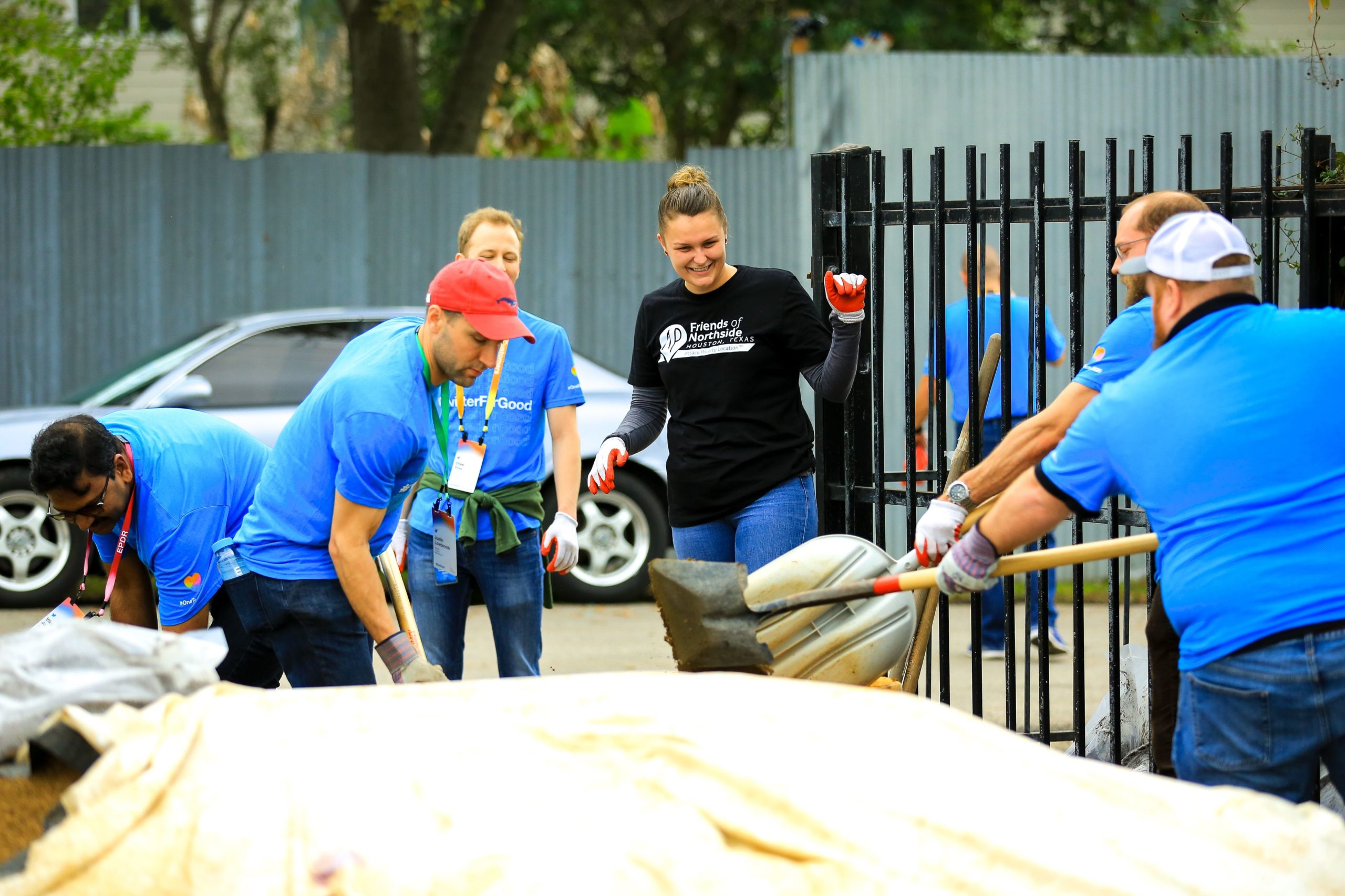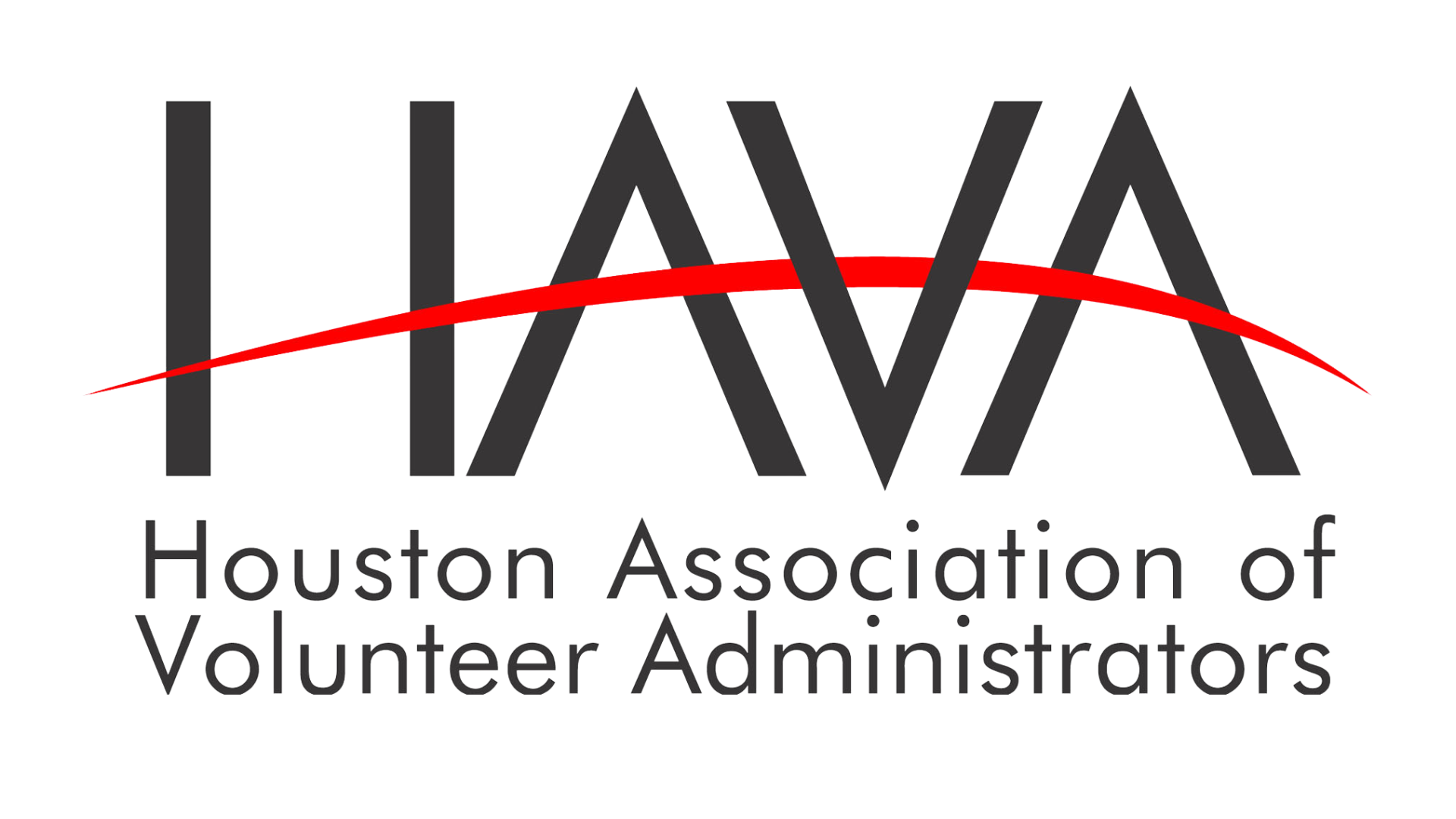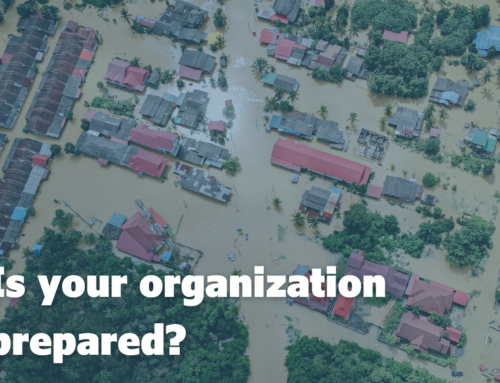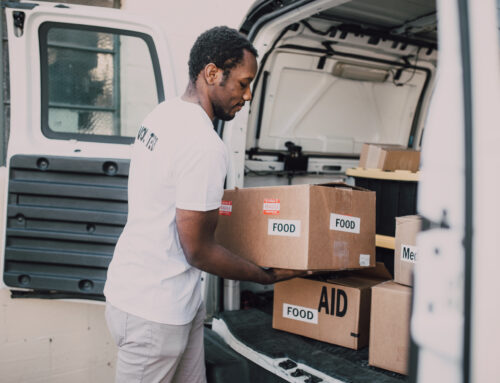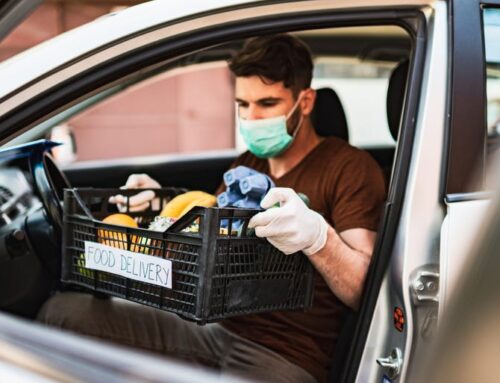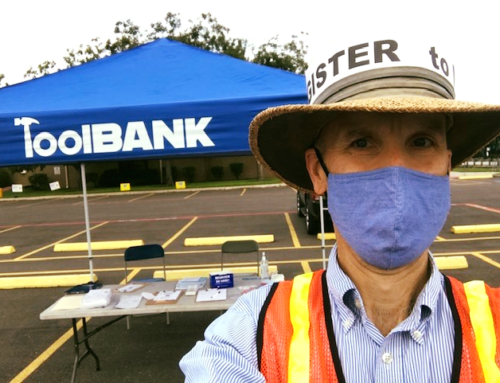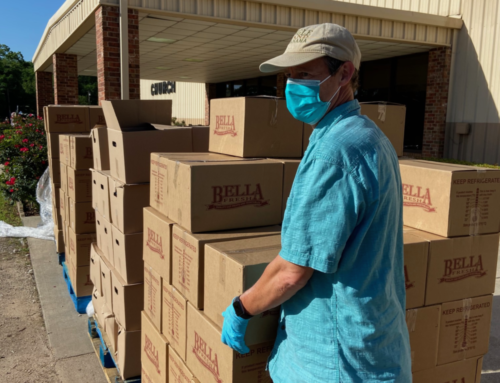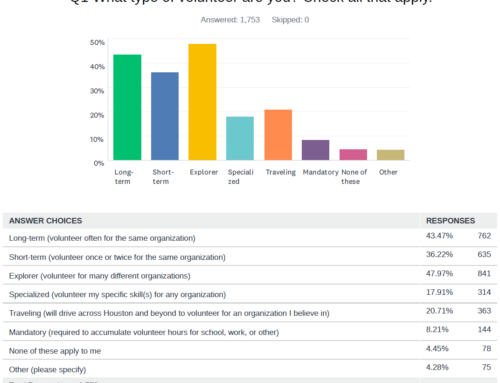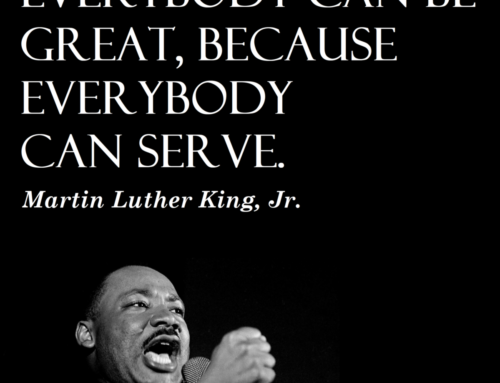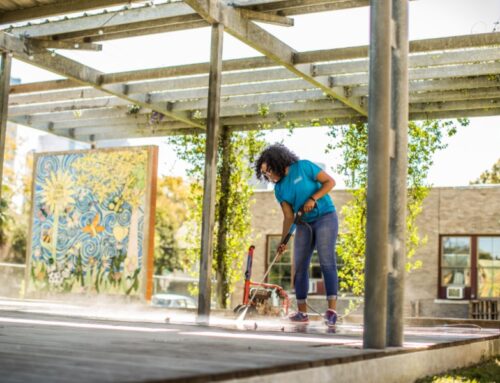5 Tools Every Volunteer Coordinator Needs
A successful volunteer experience is a two-way street. If we do our part to set the stage for a volunteer to be successful, they will be, and we all win!
NOTE: This blog post includes downloadable templates. Keep reading for more!
Between all of us volunteer coordinators, managers, directors, and leaders we could write a complete set of encyclopedias on the processes, policies, procedures, and best practices for volunteer engagement. Right? Managing volunteers is a full-time job (literally). It’s like planning a wedding every day of the week. The details matter, and it takes time and energy to get the details right.
Let’s take one component of volunteer engagement – appreciation. Do you know how many ways there are to show your appreciation for just one volunteer? Countless. There is no end to the creative ideas a volunteer coordinator could come up with to simply say “thank you”. Which, by the way, is hands-down the number one tool a volunteer coordinator needs – the ability to say “thank you” to a volunteer!
Let’s go back to the beginning. The beginning of the volunteer experience. It starts well before a volunteer actually arrives for their shift. It starts with setting the stage for a volunteer to be successful. Here are the top five tools every volunteer coordinator, manager, director, and leader should have in place before their volunteers arrive.
#1 – SIGNAGE
Sounds simple, right? So simple you might think it’s not necessary. Pause for a minute and think about all the volunteers that got lost on their drive to their volunteer shift. Or the ones who got lost on the walk between the parking lot and the front door. Or the ones who made it to the front door but could not find the back room where they are doing the actual work. How many volunteers did you lose along the way?
Volunteers are difficult to recruit, and sometimes harder to retain. The easier we make it on them to show up, the more they will feel successful. And the more successful they feel, the more likely they are to return.
So, have fun with your signage! Arrows, bright colors, clear labels, glitter…use it all. There is no limit to the creativity you can infuse into your signage. The more the better – that goes for both your creativity and the number of signs you post. The more signs you post, the less likely your volunteers are to get lost and give up. Let’s make them feel comfortable and welcome.
I don’t have time to get creative, much less make signs.
We get it – a volunteer coordinator’s time is limited. So, we’ve created a few simple
volunteer directional signs just for you! These big arrows that are printable on every
printer (8.5 x 11). We have also created a larger size for those with a printer that is capable
of printing on 11 x 17 paper. (They’re also editable so you can add your own logo and pizazz.)
| 8.5 x 11 | 11 x 17 |
| left arrow | left arrow |
| right arrow | right arrow |
| forward arrow | forward arrow |
#2 – A CHECK-IN KIOSK
One of the most common challenges a volunteer coordinator faces is managing the number of responses/RSVPs against the number of volunteers who actually show up to perform the work AND correctly logging the hours served. When using a tool like the web-based Volunteer Houston portal to recruit volunteers this challenge, unfortunately, becomes more prevalent. The good news? We have a solution!
The Volunteer Houston (VH) portal is built on a Galaxy Digital Get Connected platform. It has a built-in Check-In Kiosk that allows volunteers to check-in and check-out of a need when they arrive on site and depart. Here are a few reasons we think it’s a useful (and time-saving) tool for volunteer coordinators:
- Collect attendance easily: When volunteers arrive on site, they’ll simply use the Check-In Kiosk to sign-in, so you won’t have to worry about roll call. Volunteers can check-in themselves quickly and simply, so it’s smooth sailing for the start!
- Simplify logging hours: When a volunteer checks into and checks out of an opportunity (or their shift ends) using the Check-In Kiosk, their hours are logged, drastically reducing time spent manually entering hours (for volunteers and volunteer coordinators).
- Reduce paper: No more paper sign-in sheets (and recording attendance and hours later)!
Create your free Volunteer Houston agency account here to begin using the Check-In Kiosk on site at your organization.
#3 – CONFIRMATION EMAIL
Some systems will automatically send volunteers a confirmation email immediately after they sign up for a shift. Other organizations must send confirmation emails manually. In either case, a confirmation email (or two or three) is a must-have. Remember, our goal is to set the stage for a volunteer to be successful to increase the chances that they return to volunteer with you again. And – knowledge is power. The more information you give them, the more prepared they will feel. The more prepared they feel, the more likely they are to show up and enjoy the experience.
How much information should you give them? Give them ALL the details about how to get there. And give them SOME of the details about what to expect. Bonus – add a note about the impact their volunteer service will have on the community. Here is an outline of the basics that should be included in every confirmation email:
- Personal greeting
- 1st thank you note
- Specific date, start time AND end time
- Exact address
- NOTE: Does this address appear correctly in google map searches? If not, add that to your confirmation message.
- Parking instructions
- Look for the [[descriptive notes about]] signs
- A pictorial road map with a ¶ noting the building, the parking area, and other notable landmarks
- 2nd thank you note
- Brief description of the impact they’ll be making
- Brief description of the work they’ll be performing
- How they should prepare – i.e., what they should bring, what they should wear
- What will be provided to them (water, sunscreen, tools, etc.)
- Contact person name, title, phone, email, AND office hours
- TIP: Include a picture of the person/people they’ll check in with on site
That’s a long message – I don’t have time to write all that!
We understand your time is limited. So, we’ve prepared this template for you.
Copy and paste but be sure to insert your own details.
#4 – WELCOME AGENDA
Agendas are the instructions of the professional world. They tell us exactly what to say and when to say it. They help us manage our time. They serve as a backup plan for a MIA presenter. They don’t forget what was supposed to be shared with the group…because it’s already written down.
Let’s focus on the first-time volunteer. They are likely not familiar with your organization or its mission, nor are they familiar with the organization’s policies and procedures. Remember – knowledge is power. The more your volunteers know about their boundaries, the more empowered they will feel to not only perform the tasks that are being asked of them, but also speak up when they see something that either isn’t right or could be improved. Your volunteers are not only your manpower, but also your eyes and ears. Here’s a basic agenda.
- Welcome, about the organization
- Show a short video about your organization’s mission and impact, 3 minutes is ideal
- Introductions, of staff and of the volunteers present
- Make an effort to get to know them on a personal level with a fun and simple ice breaker activity
- Share the organization’s perspective on their volunteers
- Why and how do you value your volunteers
- Volunteer policies
- These can be rather monotonous, but they’re incredibly important so don’t skip them. Make an interactive matching game out of them.
- Who to go to when you have questions
- Thank you!
So, your welcome agenda should empower your volunteers.
Communicate the vision and the boundaries.
Here’s a basic agenda outline.
#5 – A NETWORK OF PEERS
Oh, the stories we could tell! From tear jerkers to belly laughers, the stories of volunteer experiences from the volunteer coordinator’s perspective are endless. Lessons are learned, values are confirmed, frustrations are vented, and resources are shared.
HAVA is back! Volunteer Houston and the United Way for Greater Houston have partnered up to breathe new life into this necessary resource for volunteer administrators. Established in 1973, the Houston Association of Volunteer Administrators (HAVA) is a program for volunteer engagement professionals led by volunteer engagement professionals with the goal of educating, empowering, and elevating each other.
QUESTIONS? info@volunteerhouston.org
